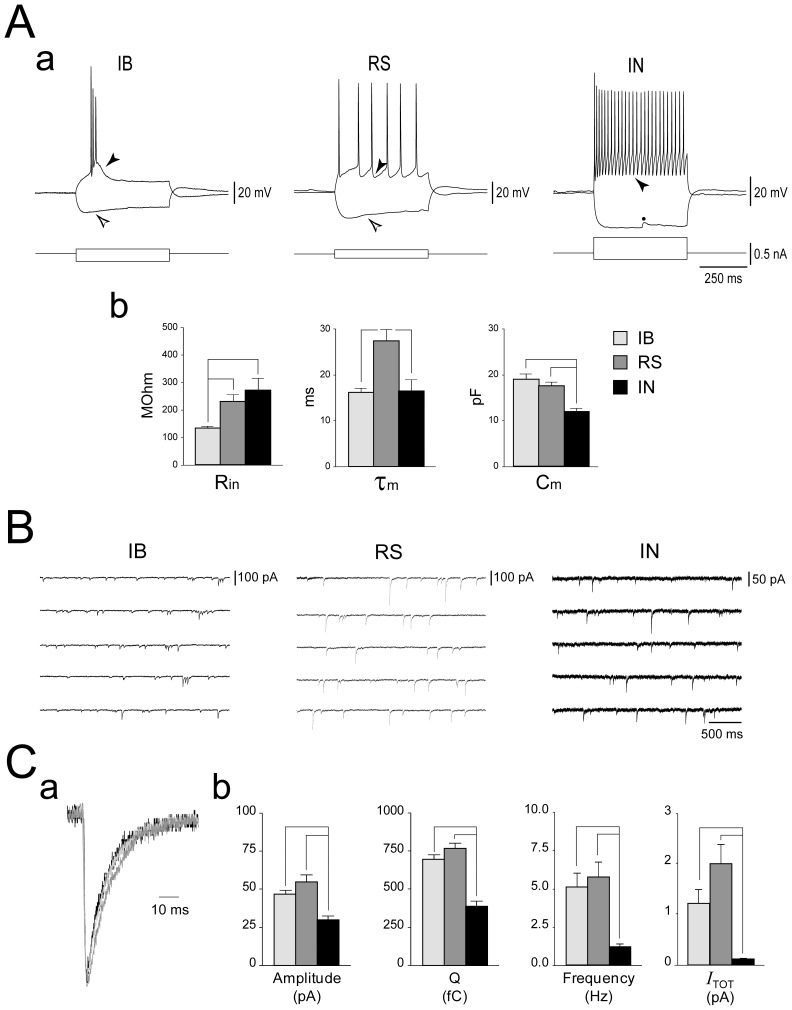Figure 1. Synaptic inhibition in electrophysiologically identified subicular cell classes.
Aa: Electrophysiological identification of subicular cells. Whole-cell current-clamp recordings showing the responses of subicular cells to depolarizing and hyperpolarizing current steps. Pulse width: 500 ms, Vm = −70 mV. Two classes of principal cells can be distinguished. When depolarized, the intrinsically bursting neuron (IB) generates a burst of 3 action potentials riding on a depolarizing envelope and followed by a depolarizing after-potential (black arrowhead), whereas the regular spiking (RS) neuron responds with a series of single action potentials followed by an after-hyperpolarization (AHP, black arrowhead). In these sample recordings, both cell types exhibit a sag (white arrowhead) when hyperpolarized. The fast-spiking interneuron (IN) responds to depolarizing current injection with high-frequency tonic firing of action potentials, followed by a fast and pronounced AHP (black arrowhead). Note the absence of hyperpolarization-induced sag. The dot indicates an IPSP. Ab: Plots summarizing the intrinsic properties of PCs and INs. B: Synaptic inhibition exerts a weaker control on subicular interneurons than on principal cells. Somatic whole-cell voltage-clamp recordings of sIPSCs generated by principal cells (PC) and interneurons (IN); note the smaller amplitude and the slower rate of occurrence of currents recorded from the IN, as emphasized by the calibration bars. Vh = −70 mV. C: In (a) are the superimposed scaled average sIPSCs generated by the three cell types, in (b) the plots emphasize the greater synaptic current received by PCs as compared to INs. Legend in Ab also applies to Cb.

